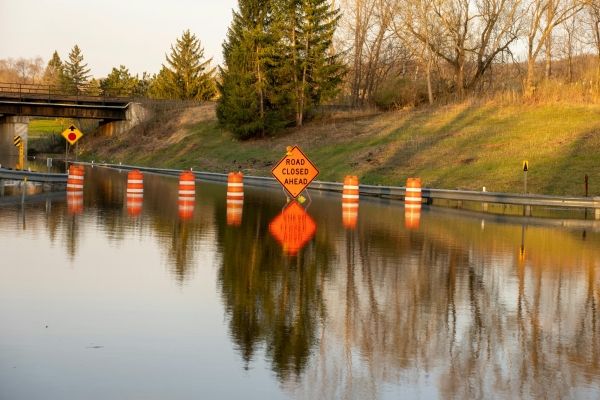WTS Boston's DEI In Motion: Environmental Justice

Environmental Justice (EJ) is based on the principle that all people have a right to be protected from environmental hazards and to live in and enjoy a clean and healthful environment. EJ is the equal protection and meaningful involvement of all people with respect to the development, implementation, and enforcement of environmental laws, regulations, and policies and the equitable distribution of environmental benefits. [1]
Environmental Justice has been a long standing issue in transportation planning. In 1982, a small, predominately African-American community in Warren County, North Carolina, was designated to host a hazardous waste landfill receiving material from transportation projects. While the Warren County protest failed to prevent the siting of the disposal facility, it did provide a national start to the environmental justice movement. [2] Soil testing and tracking of hazardous material disposal is now required by State and Federal regulations in an effort to avoid situations such as what happened in Warren County from occurring in the future.
An uptick in extreme weather events has uncovered an important climate issue in the New England region - flooding. Environmental Injustice of flooding occurs when the distribution of flood hazards disproportionately affects socially vulnerable communities and/or BIPOC communities. For example, impervious surfaces in urban areas tend to be more abundant in vulnerable communities, while green spaces are more scarce than in advantaged neighborhoods. Systematic or historical forms of exclusion or injustice such as the practice of redlining play an important role here as well and have been linked to an unequal distribution of green spaces and heat. [3]
Flooding often comes into play at road-stream crossings. Roads and streams are long linear features that have many intersections. At every road-stream crossing there is either a bridge carrying the road over the body of water, or a pipe (or culvert) that carries the water beneath the road. In many cases culverts are undersized causing fragmentations of streams and rivers. This fragmentation disconnects important aquatic and terrestrial wildlife corridors, can have negative impacts on water temperature and water quality, and can often result in higher risk of flooding and associated flood damage. As we build new infrastructure and rebuild existing infrastructure, it is crucial that this is done in an equitable manner to ensure flood risk does not have a disproportionate prevalence in neighborhoods of low income, minority, or English Language isolation.
Over the last 40 years, Environmental Justice has become widespread and is a crucial factor of consideration of planning for transportation projects across public agencies. Regulations in the Commonwealth of Massachusetts require more extensive permitting through Massachusetts Environmental Policy Act (MEPA) called an Environmental Impact Report for projects reaching certain environmental impact thresholds that occur within one mile of an Environmental Justice Neighborhood. You can explore neighborhoods mapped for Environmental Justice on the Massachusetts 2020 Environmental Justice Populations online mapper. [4]
If you are interested in discussing topics of Environmental Justice in the Transportation Sector, we encourage you to join the WTS Diversity, Equity, and Inclusion Committee’s Book Club. Our first Book Club meeting of this year will take place in June to discuss People Before Highways by Karilyn Crockett.
Citations and Resources:
[1] https://www.mass.gov/environmental-justice
[4] https://mass-eoeea.maps.arcgis.com/apps/webappviewer/index.html?id=1d6f63e7762a48e5930de84ed4849212